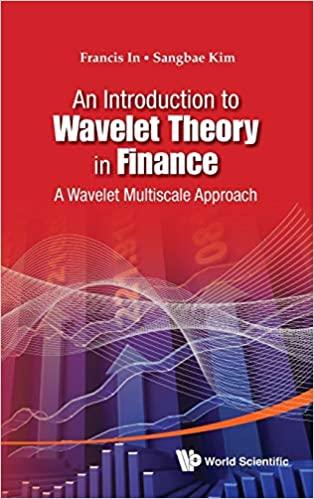Question
Consider the three risk-free bonds described in the table below. The first two are zero-coupon bonds. They make a single (bullet) payment of principal and
Consider the three risk-free bonds described in the table below. The first two are zero-coupon bonds. They make a single (bullet) payment of principal and accrued interest at maturity, but make no cash payments prior to maturity. The third bond is a two-year bond that pays a ten percent coupon annually. All of the bonds have a face (par) value of $100.
| Bond Price | Year 1 Cash Flow | Year 2 cash flow | |
| Bond A | 89.50 | 100 | - |
| Bond B | 80 | - | 100 |
| Bond C | 95 | 10 | 110 |
A. Calculate the yield-to-maturity for each of the bonds shown in the table above.
B. Of the three bonds, which ones are relatively overpriced and which ones are relatively underpriced.
C. The bond prices shown in the table above are inconsistent with the law of one price. Describe a portfolio of bonds that would profit from this inconsistency by generating a positive cash flow today and zero cash flows in Year 1 and Year 2. Assume that you can buy or sell any of the bonds at the prices show.
D. Bond D pays $20 at the end of one year and $120 at the end of two years. Assuming that Bond A and Bond B are priced correctly, what Bond D price would satisfy the law of one price?
Step by Step Solution
There are 3 Steps involved in it
Step: 1

Get Instant Access to Expert-Tailored Solutions
See step-by-step solutions with expert insights and AI powered tools for academic success
Step: 2

Step: 3

Ace Your Homework with AI
Get the answers you need in no time with our AI-driven, step-by-step assistance
Get Started


